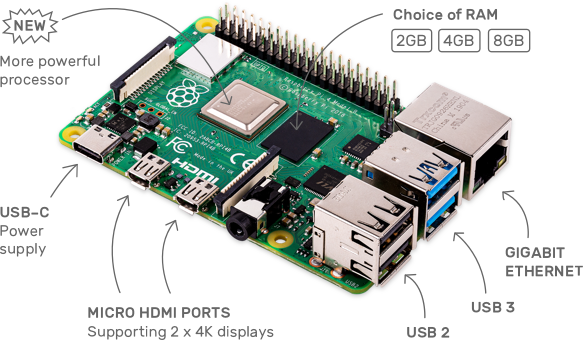Hard months are behind us and this year the winter with single-digit temperatures, slippery roads and partly violent wind also lasts until the end of March and even into April. Being on the road with a racing bike can become unhealthy quite quickly, due to the narrow tyres.
It was particularly hard for my cycling friends in England, they couldn’t even leave the house or the neighbourhood. Many tried to keep fit on virtual platforms. I saw photos of cyclists setting up the Wahoo or Tracx connected to the computer or tablet in the garden, balcony or terrace. Especially in London, with this small garden of the city houses, it looks really funny when there are some living next to each other cycling on the spot. It seems some of them become addicted when I look at their statistics. Well, as far as I am concerned, I trained within my limits and finished some workouts. Although, compared to my usual winter training activities with rowing, spinning and some dumbbells in a studio it was indeed challenging but much more effective.

My Zwift record is just over 2000 km and 26,000 vertical meters from November to March. Which is much more intense than my usual winter activities. In this respect, the investment in the Wahoo KlickR and the platform has really paid off, see also “How to get fit through the winter”. Of course, I am now also a welcome object of the scoffers, because of 2000 km cycling in the living room. 😊
However, the interesting question is, how does this translate into reality on the road? What fitness level do I enjoy on the first trips and in which loads and areas I am fitter and where not. So, I’m curious how my first tours feel like.
So how will this year going to be and what will it offer
Literally for a year now, the COV19 crisis kept us in check and the emerging mutations seem much more dangerous and contagious than the original wave. In this respect, my hope for an approximate normalization of the situation is quite low and it is hard to imagine that major events will take place in 2021, not to mention organized tours with overnight stays, except of course for system-relevant professionals in private jets and some others above the law.
As the Tour de France can be done by non-professionals, other cycling monuments are organized for us amateurs, the so-called Gran Fondo, as well. You can ride Paris-Roubaix (which was supposed to take place on April 11 and has already been moved to the end of the season), Liège-Bastogne-Liège (the oldest professional race), the Tour of Flanders and many other professional races even as an amateur cyclist.
Milano San Remo
One of these everyman races is the 300km from Milano to San Remo, which I have always considered because of the beautiful route and the extensive challenge. It’s a 300km one day ride, which is even hard for many professionals too. However, we are already hear it will be postponed until September. However, if my preparation, my training works out, that would be a goal for 2021.


Chris & Ian refined and professionalized their concept started in 2019, which ended with the crash on the Atlantic coast for me. With their brand-new website GrandVeloTours.com they offer amateur cyclists to participate in a Route de France. I’ve cycled a few thousand km and some alpine passes with them and do recommend it in good conscience. These friendly guys are of the sort of some you want to be with once you get in trouble. So, if you’re thinking about doing something like that, GrandVeloTours.com is the place to go.
Tour Report is back
You might wonder about the redirection from tourreport.org to aveon.ddns.net/treport once you visit this page. Well, in the fall of 2020 I built up a “Friends & Family” cloud from which we also host some WordPress instances, like this tourreport. Since I always get incomprehensible and eye-rolling looks when I tell friends that Mircosoft and Google and Mozilla and … know your passwords and scan your data, it was time to create an alternative solution, we are the master of our data and these are no longer with the tech giants.
Over time, this small project got more and more interesting, and I was able to bring in my wealth of knowledge from my history as solution provider and software producer.
Today, this cloud is perfectly created and it is in no way inferior to Amazon’s AWS – and we’re not just talking about s3 here. The only thing I didn’t implement was the computationally intensive machine learning algorithms.
Initially, I was also sceptical that a Raspberry Pi Model 4 would a powerful server for this kind of services, however practice proves a sufficiently good performance for small amount of active users – at the moment about 6 – 12 active Friends & Family users. The kids of the neighbourhood streaming movies from the cloud, we regularly listen to our music, even video conferences work without “jerking”, S3 and synchronization (like Microsoft’s OneDrive) runs automatically, an IoT application of our home control (fhem) with voice recognition and much more. It’s really cool.
It’s really great to see, the hardware is about 100 € and a power consumption – depending on the cpu load – is just 12 -17€ per year! Anyone who is interested can ask, the trick to get the performance is a M2 or SATA SSD.

With little configuration effort, the Pi 4/8GB is even a powerful and a super cheap replacement for a desktop PC. Also suitable for running dual 4k displays and there is plenty of open source software, which makes it a real substitute.
